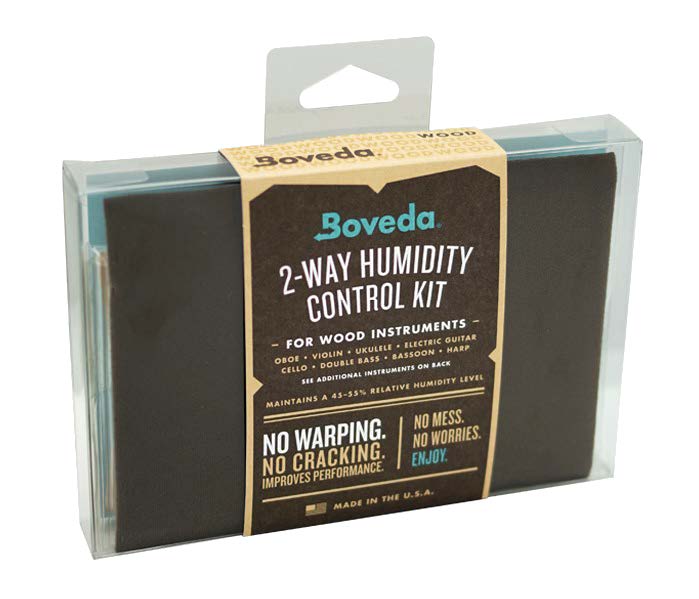It’s that time of year again, when string instruments are most vulnerable to dryness-related damage. Wood expands and contracts with the fluctuation between humid and dry conditions. This is why string players will notice their pegs starting to slip as the weather starts to get colder and their instruments become more difficult to keep in tune. This is also when we start seeing more customers coming into the shop with open seams and dryness cracks. Open seams are not necessarily a bad thing, in fact it’s better to have an open seam, which can be easily fixed, as opposed to a dryness crack, which can be an expensive repair.
Unfortunately, insurance does not cover “weather damage” such as dryness cracks. That’s why it’s important to be mindful of these temperature changes and to make sure that your instrument is protected against them. Gradual adjustment to temperature change is the key to keeping your instrument in good condition.
If your skin is starting to feel dry, then chances are your instrument feels dry as well. At the LIVS we have our room humidifier running constantly until the cold weather dies down. We realize this may not be an option for many people, especially students who are away at school, but that’s why case humidifiers were invented. We don’t recommend using rubber hoses or Dampits because they can damage the F holes of an instrument if they contain too much moisture. Instead we highly recommend using something like the Boveda 2-Way humidity control kit for violin, viola and cello and a Stretto digital Hygromteter Between 30% and 60% humidity is ideal, but keep in mind that consistency is important.
Your instrument’s case is its first line of defense against damage of any kind. The padding on the inside of a case helps slow temperature and humidity changes, giving your instrument more time to gradually adjust to temperature changes. If you don’t have a room humidifier, keeping your instrument in its case when you’re not practicing is always a good idea.





Leave a comment